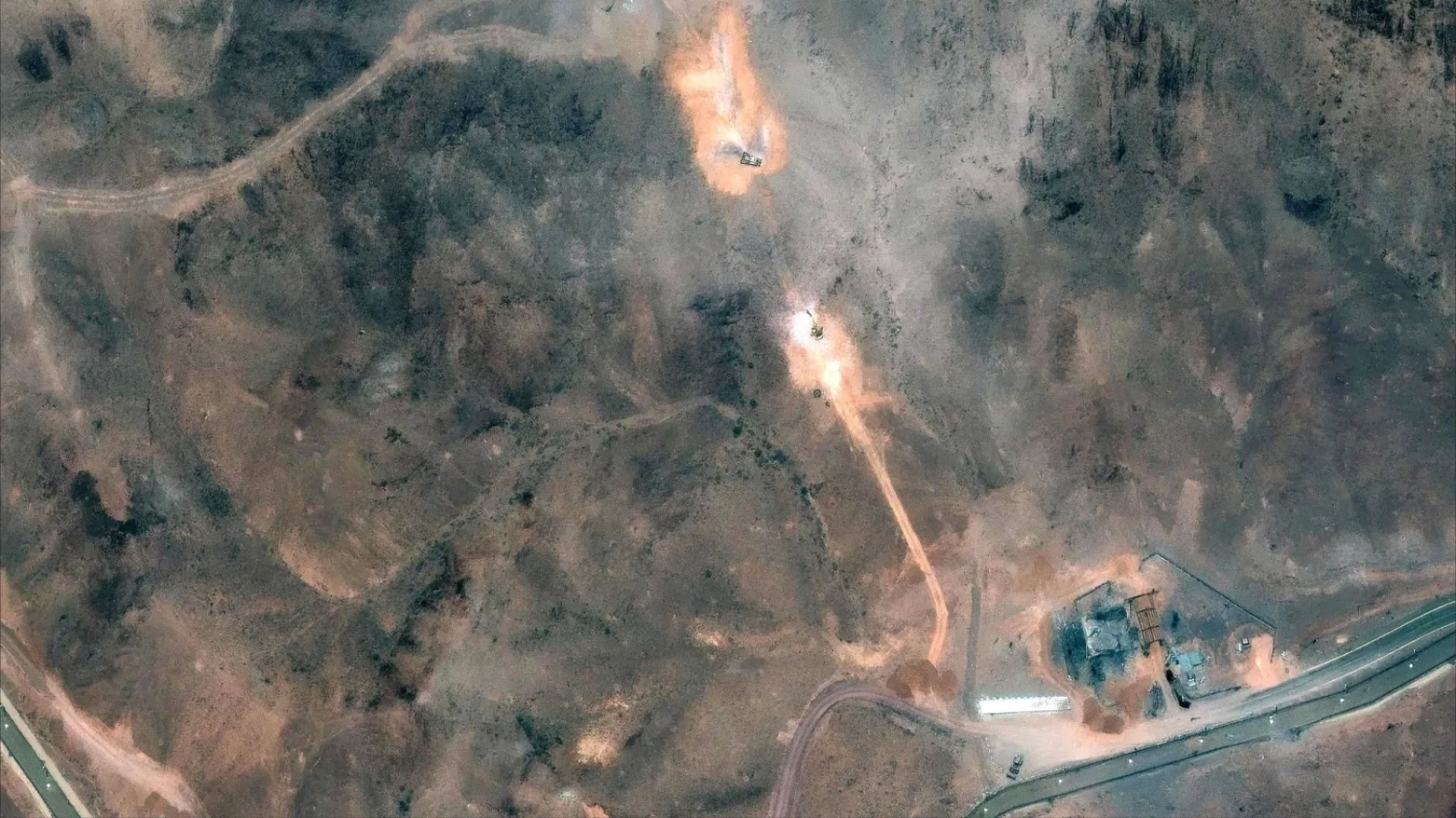Iran Nuclear Program ‘Neutered’ in 12-Day War: Washington Post
A Washington Post column by David Ignatius, citing Israeli/US sources, claims a 12-day war shattered Iran's nuclear program, killing top scientists and destroying key facilities, setting it back years.

ERBIL (Kurdistan24) — A recent 12-day military campaign waged by Israel, and capped by the United States, has left Iran’s nuclear program so severely damaged that it has been “neutered for at least a year, and probably far longer,” with its top scientific minds eliminated and its key infrastructure shattered, according to a stunning assessment detailed in a foreign affairs column by David Ignatius for The Washington Post.
In his analysis, Ignatius, a twice-a-week columnist for the paper, cites highly informed Israeli and American sources who describe a devastatingly effective series of coordinated strikes that have fundamentally turned back the clock on Tehran’s ability to produce a nuclear weapon.
“Iran is no longer a threshold nuclear state,” Ignatius quotes one “well-informed Israeli source” as telling him. This source reportedly assessed that it would now require Tehran at least one to two years to build a deliverable nuclear weapon, and even a quicker, cruder attempt at a nuclear device would likely be detected and met with a “disabling attack.”
The column, which states that these new details add weight to claims of success from both the Trump administration and Israel, outlines a multi-pronged assault that was at once an “air war, a spy war and an algorithm war.” According to Ignatius, the sources, who requested anonymity to discuss the sensitive issues, described a campaign that went far beyond bombing physical sites.
Perhaps the most devastating aspect of the campaign, Ignatius writes, was the systematic targeting of Iran’s nuclear scientific elite. He reports that sources told him strikes carried out in the first hours of the war “killed all of Iran’s first and second tier of physicists and other nuclear scientists, as well as most of the third tier.” The column describes this as a “massive loss of talent” that Israeli officials believe will deter younger scientists from joining a program that has now “proved to be a death sentence.”
This targeted elimination of human capital allegedly halted not only Iran’s standard fission warhead program but also more exotic research into an electromagnetic pulse (EMP) weapon and a more complex nuclear fusion bomb, according to an Israeli source cited in the piece.
On the physical front, the column details widespread destruction of Iran’s nuclear infrastructure. The joint Israeli and U.S. bombing reportedly destroyed the Natanz enrichment facility, disabled the deeply buried enrichment complex at Fordow, and eliminated the uranium conversion facility in Isfahan, which is necessary to turn fissile material into the metal required for a weapon. Furthermore, Ignatius writes that strikes also “buried a site where Iran had hidden 400 kilograms of highly enriched uranium.”
The military dimension of the campaign was equally extensive, according to the column. Operating with total air superiority after the first two days, Israeli forces were reportedly able to destroy half of Iran’s 3,000 ballistic missiles and about 80 percent of its 500 missile launchers. Beyond the nuclear program itself, the attacks also destroyed logistical foundations, including headquarters, archives, laboratories, and testing equipment.
According to the sources cited by Ignatius, the United States played a decisive, concluding role. The column states that the Trump administration gave Israel a “green light” to launch its assault on June 13, signaling it would intervene only if the campaign was progressing well. The final blow was delivered by U.S. Air Force B-2 bombers carrying bunker-busting bombs and Navy ships launching Tomahawk missiles, a strike that “capped Israel’s devastation of Iran’s program” and gave President Donald Trump a share of the success. Ignatius adds that when Trump declared a ceasefire, Israel was reportedly moving into a final phase of attacks intended to topple the regime.
Despite the apparent success, Ignatius acknowledges that several “unknown unknowns” remain. Iran could possess hidden centrifuges or uranium stockpiles, and it could react by either making a desperate dash toward a bomb or by launching devastating terrorist campaigns against Israel or the U.S.
The column concludes by outlining the remaining policy dilemma for the Trump administration: whether to pursue a new nuclear agreement to prevent Iran from rebuilding. So far, according to U.S. officials cited by Ignatius, Tehran has balked at a U.S. demand for a complete ban on enrichment. For now, both Israelis and Americans hope Iran remains in the Non-Proliferation Treaty, allowing international inspections of facilities that, as Ignatius starkly puts it, “are little more than rubble and dust.”
